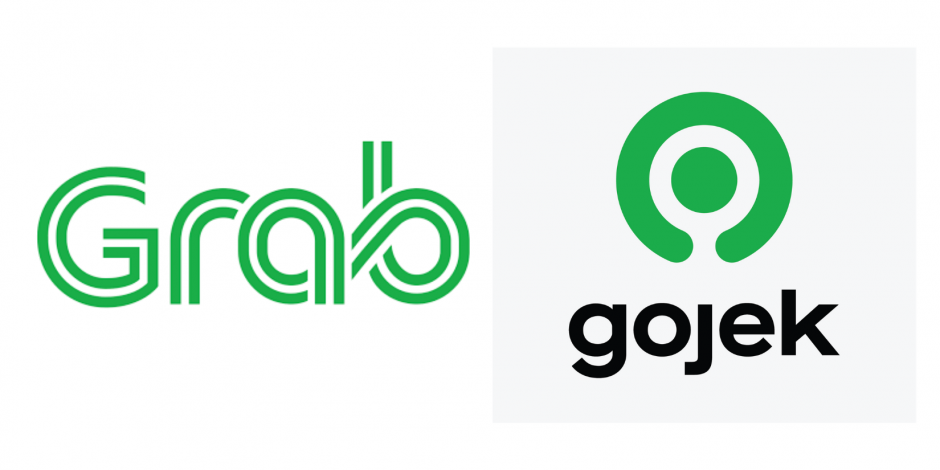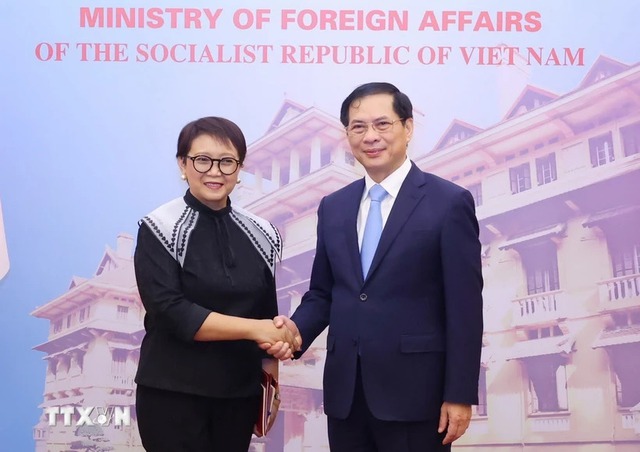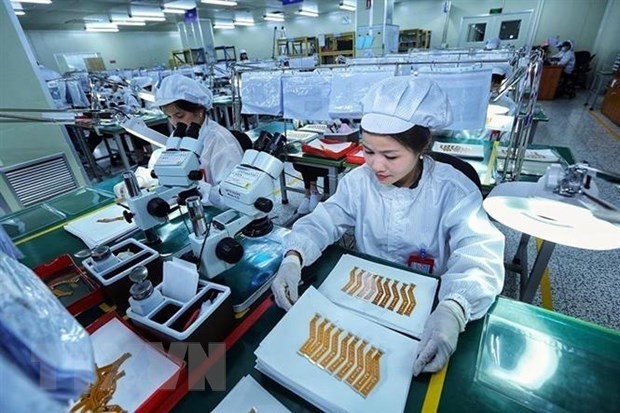Why a Grab and Gojek merger could disrupt advertising in South East Asia
There are recent rumours around a possible merger between Grab and Gojek, South East Asia’s two unicorns that previously fended off Uber. Higher GrabCar prices aside, a merger could be what the region's businesses need.

Digital is about to become tougher
The outsized influence of Facebook and Google has proven difficult to break. In SEA, they've already sent publisher's margins into freefall. Come 2022, when Google Chrome blocks third party cookies, traditional publishers will find it even harder to eke out value for their content. Only the largest holders of first-party data will be able to command a premium for their ability to segment and target.
That is apps like Facebook or YouTube. Or potentially, Grab+Gojek.
Grab’s ad offering is still nascent
Grab already offers GrabAds for in-app advertising, as well as out-of-home and in-car options. The ubiquity of GrabPay and GrabRewards means they already know what millions of Southeast Asians are buying, where, at what time and with how many reward points clocked. That’s great for last-mile, about-to-pay moments, but for awareness and recall, it would be nice to be able to target beyond cars and in-app ads. Scaling GrabAds further, into a programmatic display network or DMP, could create a powerful alternative to the duopoly.
A Grab and Gojek merger would further enrich this data. Jointly, they have most of the region’s private hire transport market. For frequent users, that would reveal where they live, where they work, and where they go to spend money. Combining their relative strengths in each market could create the elusive source of precise location data that has been lacking in this region.
South East Asia needs more, local and fast
Other factors this year build this case further. When coronavirus fears subside, businesses with data on lapsed customers, delivery service usage and travel patterns will be instrumental in revitalizing in-store footfall. As traditional media margins continue to erode, working with a digital-first business that shares a similar audience makes for a mutually beneficial partnership. And as the advertising giants come under scrutiny in the West, SEA is not going to stop moving.
Grab and Gojek built their fortunes on localised solutions. Being headquartered here means they have a vested interest in the region’s growth, and in working with local legislation. A combined entity from the world’s fastest-growing internet region could be the trigger for a more competitive digital ecosystem.
As Southeast Asian Internet matures, it needs it’s own internet giant to innovate for the market, in the face of trickle-down solutions and policies from the FAANGs and BATs. Grab and Gojek are the closest to being that.



 Print the article
Print the article


